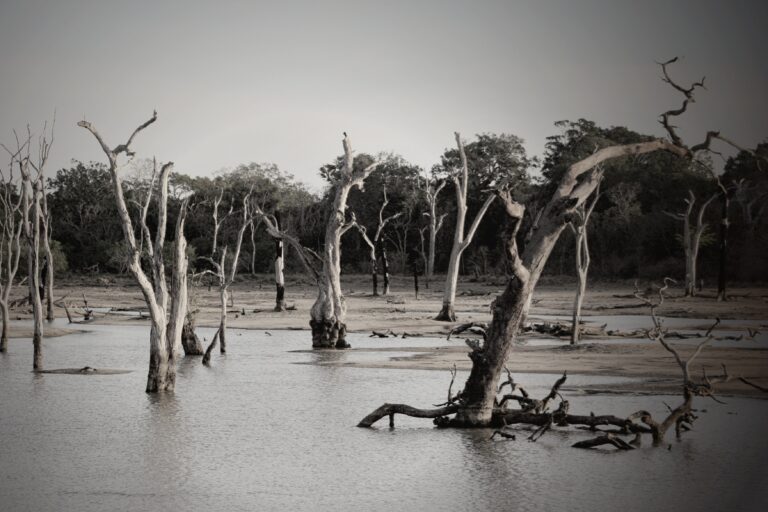California Finally Gets Drought Relief, For Now

The widely followed Drought Monitor shows something not seen on its map for years. California has no drought, except for a condition called “abnormally dry” in the northern 3% or 4% of the state. The question is, “How long will it last?”
New analysis: Falling gas prices may help soft landing
Data from the California state government shows that there is almost no drought now. The California state government also forecasts precipitation will likely be above normal for at least several weeks. The state is almost certain to avoid the remarkably dry periods of 2022 and 2023 and the brutal drought from 2014 to 2017.
Drought a year and a half ago cost the ag industry nearly $2 billion. “It’s a really remarkable hit,” Daniel Sumner, a professor of agricultural economics at UC Davis, told the LA Times.
A year or more without drought could save billions of dollars in other sectors. Water conservation in the state is expected to cost utilities $13 billion between 2025 and 2040. An extended period without drought would save a small portion of this cost over the next two or three years.
In the near term, NOAA expects a wetter period in California to last through most of this year. This will be driven by changes in the southern jet stream and “strong El Nino events.” Through the first quarter of the year, “Wetter-than-average conditions are most likely in northern Alaska, some areas of the West from parts of California to the south-central Rockies, the southern Plains, Gulf Coast, Southeast and lower mid-Atlantic.”
Of the areas most likely to be helped by a wet winter and early spring is the Imperial Valley, which has huge vegetable crops that are harvested from December through March. In the ag corridor that runs inland from the Pacific Coast from Imperial Valley as far north as Sacramento, drought has crippled the industry almost completely. The ag industry normally employs over 400,000 people and generates over $50 billion in annual revenue.
What a wetter winter and early spring will not do is bring long-term relief to the decrease in the amount of water that flows through the irrigation systems in the region. Eighty percent of the water from the Colorado River goes to agriculture. Twenty years of drought have decreased the river’s water volume to historic lows. Scientists have pointed out that one year of heavy rain is not nearly enough to reverse these trends, which means that the water level in the Colorado River will continue to decline.
Will California benefit from a year of higher-than-normal rainfall? Yes, but the effects will likely be gone a year later.






